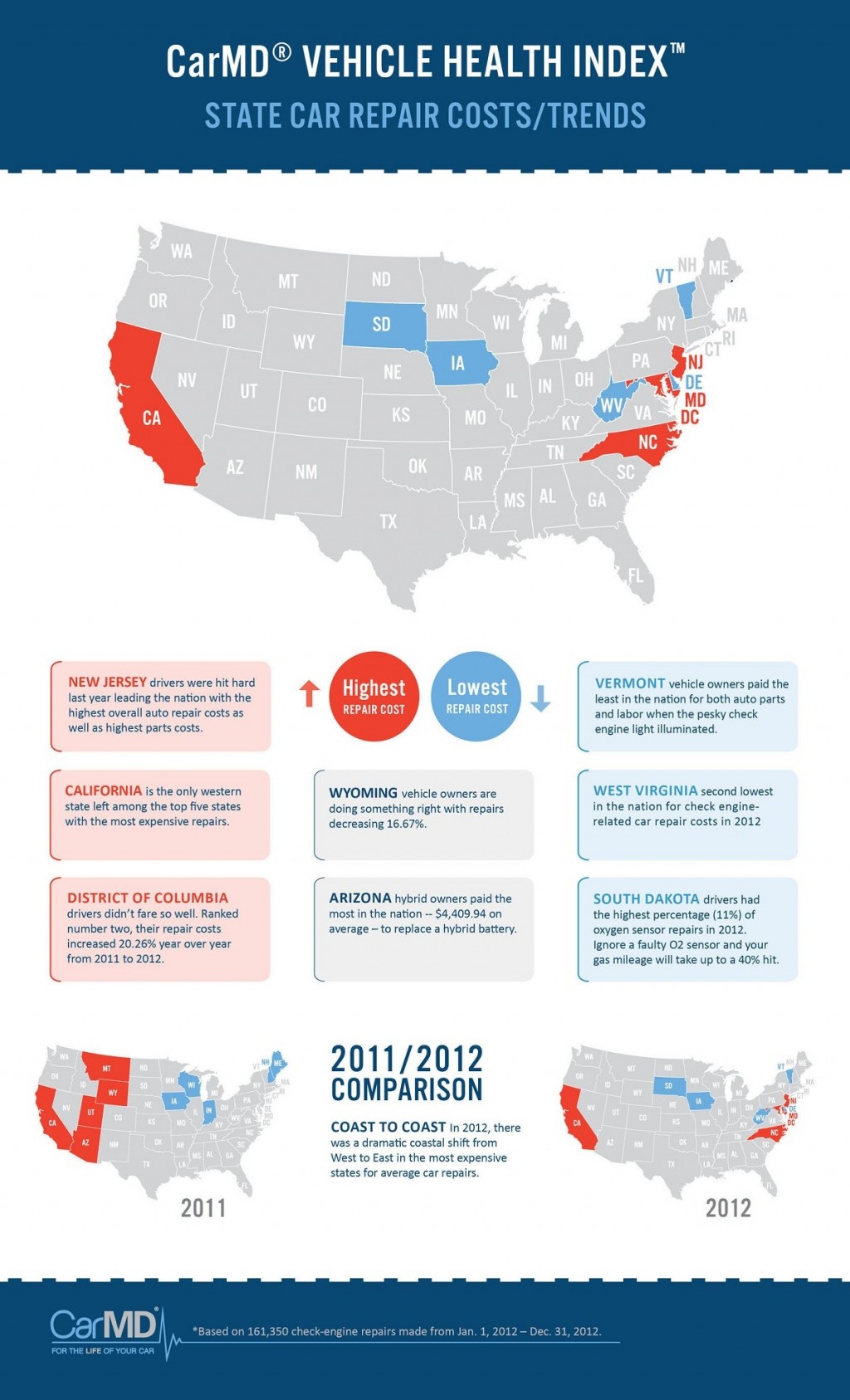Gain Understanding Right Into The Dashboard Caution Lights In Your Vehicle To Comprehend Their Ramifications On Your Auto'S Health And Safety
Gain Understanding Right Into The Dashboard Caution Lights In Your Vehicle To Comprehend Their Ramifications On Your Auto'S Health And Safety
Blog Article
Authored By-Cummings Heath
When you lag the wheel, those glowing warning lights on your dashboard can be a bit puzzling. Do you recognize what they're attempting to inform you about your auto's health? Recognizing the significance of these lights is essential for your security and the longevity of your car. So, the following time one of those lights turns up, would not you want to analyze its message accurately and take the needed actions to resolve it?
Common Caution Lighting and Interpretations
Identify common warning lights in your auto and recognize their definitions to guarantee risk-free driving.
One of the most common warning lights include the check engine light, which signals concerns with the engine or emissions system. If this light begins, it's important to have your vehicle checked without delay.
The oil pressure advising light shows reduced oil pressure, needing prompt interest to prevent engine damage.
A blinking battery light might recommend a defective charging system, potentially leaving you stranded if not attended to.
The tire pressure surveillance system (TPMS) light notifies you to low tire stress, affecting vehicle security and gas effectiveness. Overlooking this might lead to unsafe driving conditions.
The ABS light suggests an issue with the anti-lock braking system, endangering your capability to stop promptly in emergencies.
Finally, the coolant temperature alerting light warns of engine getting too hot, which can cause severe damage otherwise dealt with quickly.
Understanding these usual caution lights will help you resolve problems quickly and maintain risk-free driving problems.
Importance of Prompt Focus
Comprehending the common warning lights in your cars and truck is just the initial step; the value of promptly resolving these cautions can not be emphasized enough to ensure your safety and security when driving.
When a caution light illuminates on your dashboard, it's your vehicle's method of communicating a possible problem that needs attention. Neglecting mouse click the up coming article can lead to much more serious troubles in the future, compromising your safety and security and possibly costing you more in repairs.
Trigger interest to warning lights can stop malfunctions and crashes. For example, a flashing check engine light can show a misfire that, if left neglected, can create damage to the catalytic converter. Addressing websites can conserve you from an expensive repair.
Likewise, a brake system warning light could indicate reduced brake liquid or worn brake pads, crucial elements for your safety and security when driving.
DIY Troubleshooting Tips
If you observe a caution light on your control panel, there are a few do it yourself repairing suggestions you can attempt prior to seeking expert assistance.
The initial step is to consult your car's manual to comprehend what the particular warning light indicates. Often the issue can be as basic as a loose gas cap causing the check engine light. Tightening the gas cap may resolve the issue.
Another typical concern is a low battery, which can set off numerous cautioning lights. Inspecting the battery connections for corrosion and ensuring they're safe and secure may fix the problem.
If a caution light continues, you can try resetting it by disconnecting the car's battery for a few mins and afterwards reconnecting it. Additionally, inspecting your car's liquid levels, such as oil, coolant, and brake fluid, can help fix cautioning lights connected to these systems.
Conclusion
Finally, recognizing your cars and truck's warning lights is necessary for maintaining your vehicle running efficiently and safely. By immediately attending to these informs and understanding what they mean, you can prevent costly fixings and possible malfunctions.
Remember to consult your cars and truck's manual for particular details on each cautioning light and take action accordingly to make certain a trouble-free driving experience.
Remain educated, remain risk-free when driving!
